SURFING PREMIUM TEMPLATE
SURFBOARD TYPES
SURFBOARD TYPES
Surfboard Anatomy
Understanding the surfboard anatomy allows surfers to choose the right board for their skill level, wave conditions, and riding style. Different surfboard shapes, sizes, and materials offer unique characteristics and performance attributes. By familiarizing themselves with the various components of a surfboard, surfers can make informed decisions when selecting their equipment, leading to better surfing experiences and improved performance in the water.
This section provides an overview of the key components that make up a surfboard and their functions.
DECK
The deck is the top surface of the surfboard where the surfer stands. It provides grip and stability while riding waves.
Rails
Rails are the sides of the surfboard, running from the nose to the tail. They play a crucial role in maneuverability and control, influencing how the board interacts with the water.
Nose
The nose, or front, of the surfboard is usually more rounded and wider. It helps with paddling, stability, and handling steep drops.
Tail
The tail, or rear, of the surfboard comes in various shapes and designs, such as squash, round, or swallowtail. The tail affects maneuverability and responsiveness.
Bottom
The bottom surface of the surfboard has different contours, such as concaves, channels, or V-shapes. These contours impact the board's performance, speed, and maneuverability.
Fins
Fins are the removable or fixed attachments on the bottom of the surfboard. They provide stability, control, and help with turning. Different fin setups, such as thruster (three fins) or quad (four fins), offer various riding characteristics.
Stringer
The stringer is a thin strip of material (often wood or carbon fiber) that runs through the center of the surfboard from nose to tail. It adds strength and rigidity to the board, enhancing its durability and performance.
Wax
Surfers apply wax to the deck of the surfboard to provide traction and grip. Wax helps prevent the surfer's feet from slipping while riding waves.
SURFBOARD TYPES
Skill Level
Beginners should opt for a surfboard that provides stability and buoyancy, such as a longboard or a funboard. These boards are easier to paddle, offer better stability when standing up, and provide a forgiving ride. Intermediate and advanced surfers can explore a wider range of board types, including shortboards, fish boards, or high-performance boards, depending on their experience and desired style of surfing.
SURFBOARD TYPES
Fin Setup
The fin configuration plays a significant role in a board's performance. Different setups, such as thruster (three fins) or quad (four fins), offer distinct characteristics in terms of speed, maneuverability, and stability. Experimenting with different fin setups can help fine-tune your board's performance to match your preferences and the specific wave conditions you encounter.